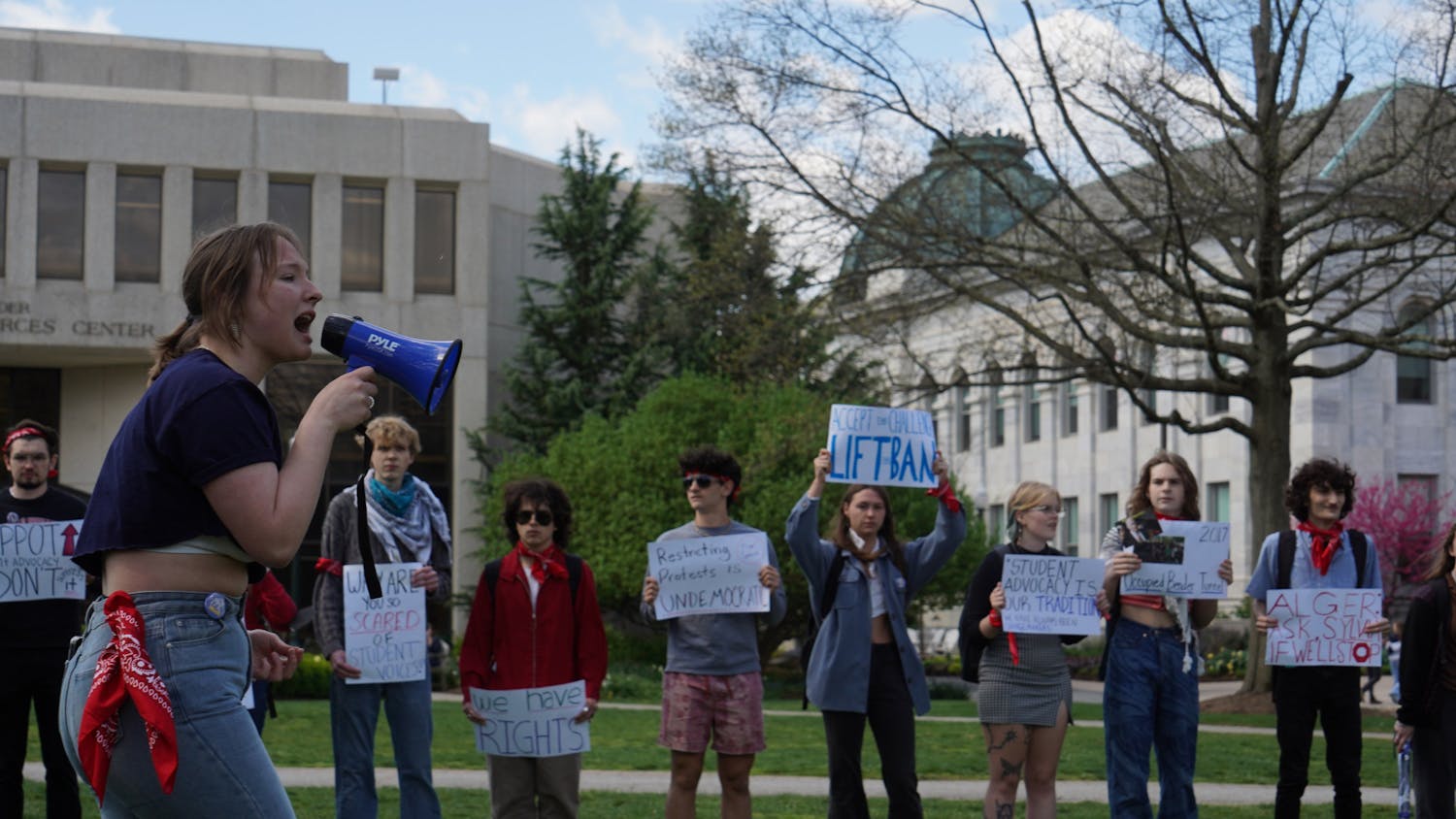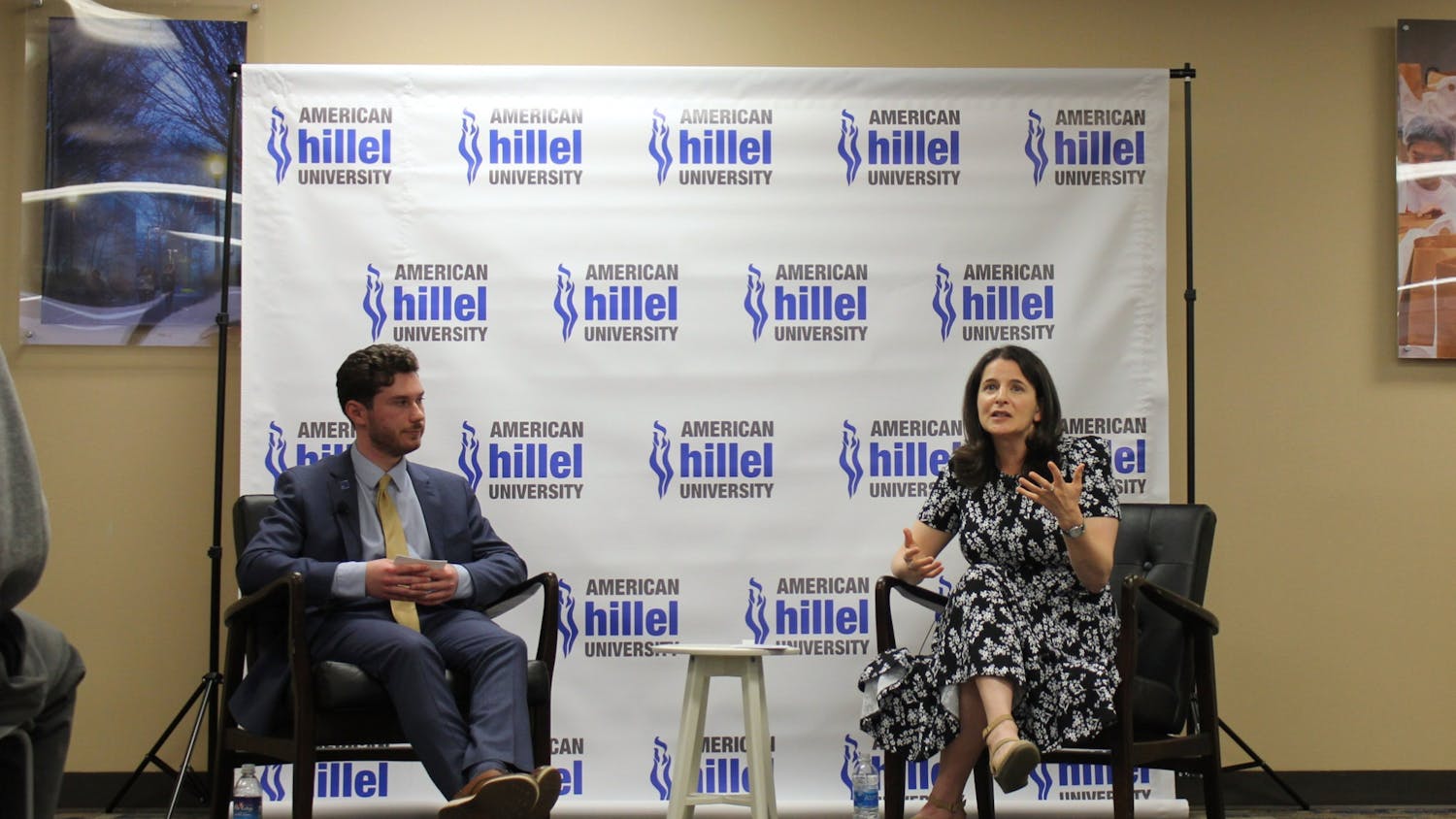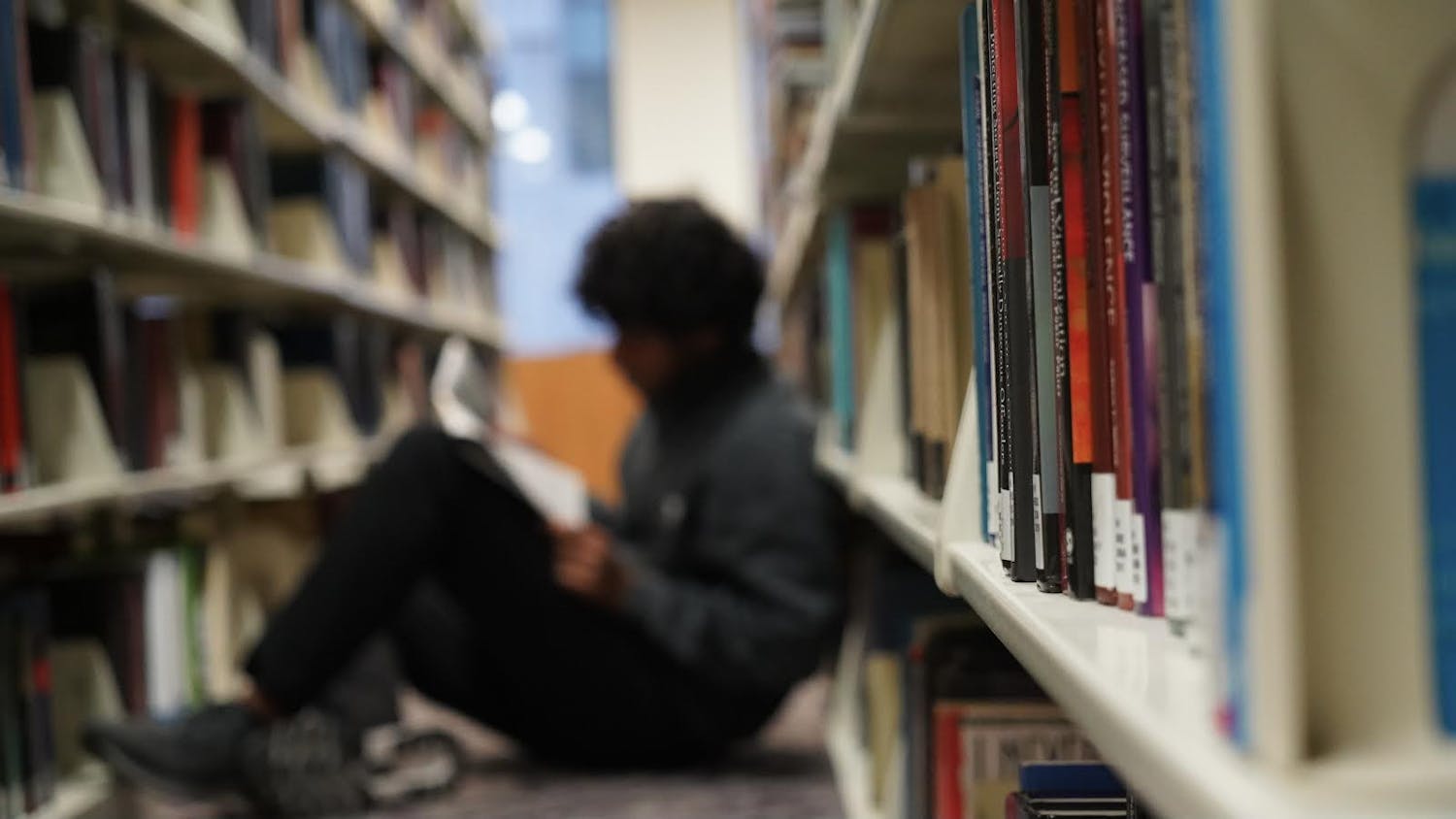Next fall, college students' families could be expected to pay more for a student's education, if a slight change is made to the formula used to determine how much financial aid students receive from the federal government.
If the new formula is put into place,approximately 84,000 students nationwide would not have their federal Pell Grants renewed and their families could be expected to contribute between $100 and $1,000 more each year, according to an article in The New York Times.
To receive federal financial aid, students must fill out the Free Application for Federal Student Aid every year they want to receive aid.
"The purpose of the FAFSA is to evaluate the family's ability to pay for educational costs," said Amy Gerber, associate director of AU's Office of Financial Aid.
According to the Web site for the FAFSA, the form takes into account the amount of money and investments a family has. Then, using a formula dating back to the Higher Education Act of 1965, education expenses are subtracted from this amount. The remainder is the Expected Family Contribution, or the amount of money the Department of Education expects families to contribute to the cost of college.
One of the major factors included in the formula to find the EFC is the allowance that parents and students are expected to pay in taxes. It is this table which could change.
However, Sen. Jon Corzine (D-N.J.) proposed an amendment on Sept. 10 that would keep the formula the same. The amendment narrowly passed the in Senate and is currently in committee, waiting to be approved by the House.
"If [the amendment] hadn't been in the Senate bill it wouldn't even be up for discussion," Corzine spokesman Darius Goore said. "[The senator] realized that now, especially with the economy going the way it is, was not the time to take money away from parents trying to educate their kids."
The Times previously reported that if the changes take place, families earning $80,000 could be expected to pay an additional $1,100 or more, while those earning about $25,000 may owe only an extra $165.
However, Gerber expects that for AU, the impact will be less because tuition and fees are relatively expensive here.
"I think it'll affect students at community colleges more, where the costs are lower and losing a $50 grant can make the difference in being able to pay," Gerber said. "This change to the FAFSA formula would most likely only affect a very small percentage of AU students."
However, Department of Education spokeswoman Jane Gleckman said that the numbers reported by the Times are not facts.
"How many students qualify from year to year is just an estimate based on accountants' calculations," Gleckman said. "That particular 84,000 people may not qualify [for the Pell Grants] ...but the program is growing ... more people are needy"




